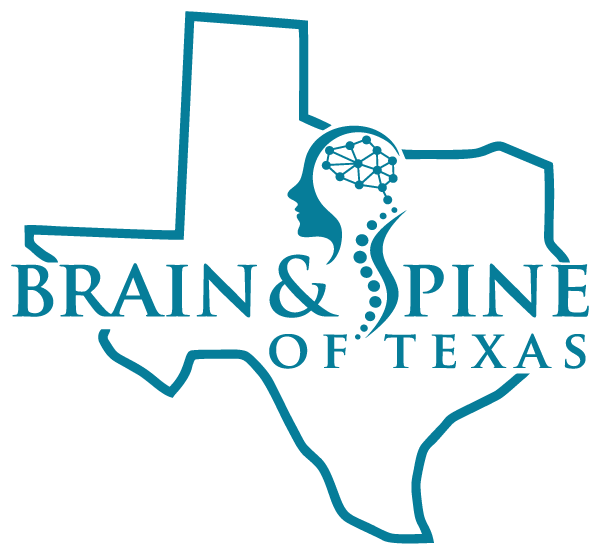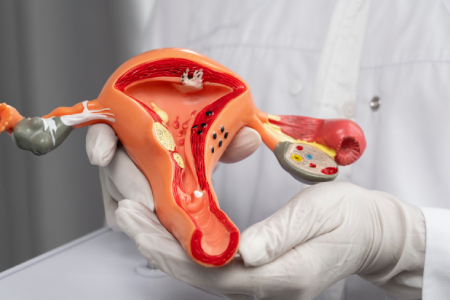Cervical Hardware Removal/Revision
Restoring Comfort and Function with Precision
A cervical hardware removal or revision surgery is performed when implanted hardware—such as screws, plates, or rods—needs to be removed or replaced in the cervical spine. This procedure is typically recommended when the hardware has become problematic due to issues like infection, discomfort, hardware failure, or when a patient’s condition has improved or changed since the initial surgery. At the Brain and Spine Center of Texas, our experienced surgeons use advanced techniques to remove or revise spinal hardware, aiming to relieve pain and restore optimal function while ensuring the long-term stability of the spine.
Why Is Cervical Hardware Removal or Revision Necessary?
Cervical hardware removal or revision may be required in the following situations:
- Pain or Discomfort – Persistent pain or irritation caused by the implanted hardware.
- Infection – If there is a risk or presence of infection around the hardware.
- Hardware Failure – In cases where the screws, plates, or rods have loosened or broken.
- Unsuccessful Outcomes – If the previous surgery did not achieve the intended results or if further correction is needed.
- Improved Condition – If the patient’s condition has improved and the hardware is no longer necessary for spinal stability.
Removing or revising the hardware can alleviate pain, reduce complications, and promote better healing and function for patients who experience issues with spinal hardware.
The Cervical Hardware Removal/Revision Procedure: What to Expect
This procedure is performed under general anesthesia and typically follows these steps:
- Incision & Exposure – The surgeon will make an incision, often in the same location as the previous surgery, to access the spine and the implanted hardware.
- Hardware Removal – The screws, plates, or rods are carefully removed using specialized instruments. If necessary, the surgeon will assess the surrounding tissue to ensure proper healing.
- Revision Surgery (if applicable) – If further stabilization is needed, new hardware or graft material may be implanted. The surgeon will ensure proper alignment and stability.
- Closure & Recovery – The incision is closed, and the patient is monitored in recovery for a short time before being moved to their hospital room for further care.
Depending on the complexity of the surgery and the patient’s individual condition, the procedure typically takes 2 to 4 hours.
Recovery & Post-Surgical Care
After hardware removal or revision surgery, patients can expect:
- Short Hospital Stay – Typically 1 to 2 days, depending on the type of surgery performed and the patient’s recovery.
- Pain Management – Pain medications will be provided to manage any post-surgical discomfort.
- Physical Therapy – A rehabilitation program may be recommended to regain strength and mobility.
- Follow-Up Appointments – Regular follow-up visits to monitor the progress of healing and ensure the spinal fusion or revision is successful.
- Activity Restrictions – Avoiding strenuous activities, bending, or lifting heavy objects during the recovery period to allow proper healing.
Recovery time can vary, but many patients report significant improvement within weeks after the procedure.
Why Choose the Brain and Spine Center of Texas?
- Experienced Spine Surgeons – Skilled in performing complex cervical hardware removals and revisions.
- State-of-the-Art Technology – We use the latest surgical techniques to ensure safe, effective outcomes.
- Personalized Care Plans – Each procedure is tailored to meet the unique needs of the patient for the best possible recovery.
- Comprehensive Recovery Support – From surgery to rehabilitation, we provide a full spectrum of care to ensure lasting results.
Schedule a consultation
If you are experiencing complications with your cervical spine hardware or need a revision, our team at the Brain and Spine Center of Texas is here to help.

